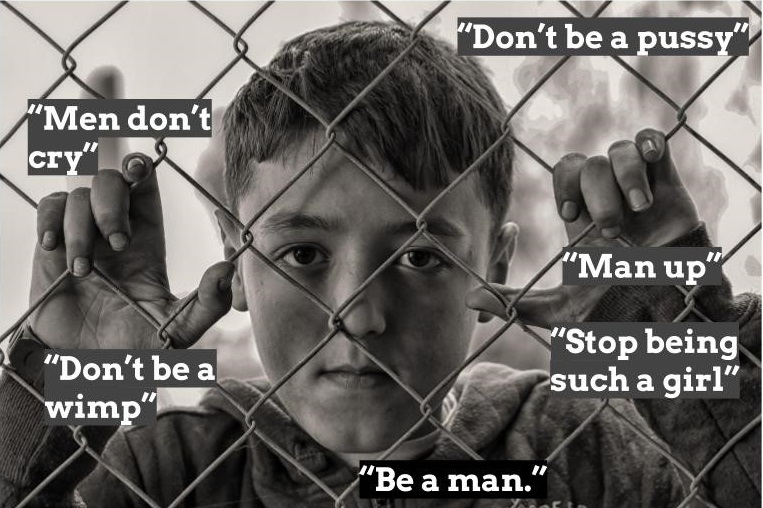
Masculinity as a set of thoughts, feelings, and behaviors that are generally considered to be appropriate for boys and men; importantly, it also includes those that are considered inappropriate for boys and men, against which it has drawn a bright line.
It is often considered to be a set of beliefs that individuals hold, which are based on sociocultural ideologies regarding gender. Masculinity is, therefore, a social construction distinct from male biological sex. Definitions of masculinity vary across different cultures and historical periods. Both males and females can perform masculinity and femininity.
This kind of harmful masculinity is rooted in negative aspects of traditional masculinity that pressure boys and men to live up to an unattainable standard of manhood, often isolating them, damaging their self-esteem and creating a domino effect of adverse behavioral, physical and public health outcomes.
Although toxic masculinity itself is not explicitly defined in the APA guidelines, the research indicates that negative aspects of traditional masculinity mirror many of the traits examined in the BMS including:
- Toughness
- Stoicism
- Self-reliance
- Competitiveness
- Dominance
- Heterosexism
- Aggression
- Lack of emotional sensitivity
Again, displaying any of these traits isn’t necessarily harmful. But the tendency to overconform comes at a price. According to the APA, men who engage in unhealthy levels of any of these traits are often more likely to experience:
- Cardiovascular problems
- Harsh discipline at school
- School dropouts
- Suicide
- Violence
- Incarceration
- Substance misuse
- Early mortality
- Risk of becoming victim to crimes
Nenhum comentário:
Postar um comentário